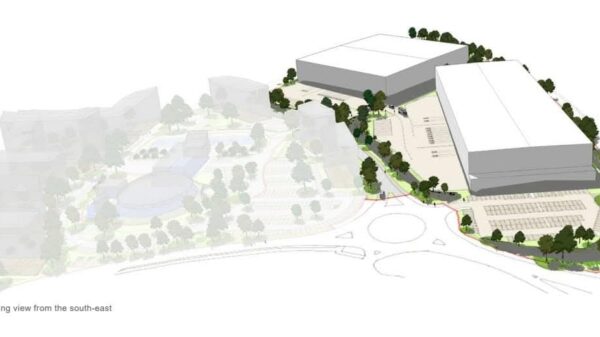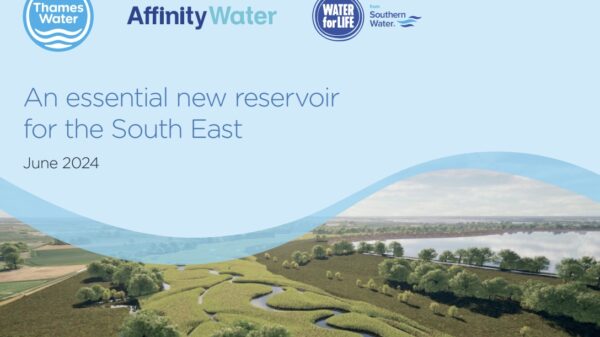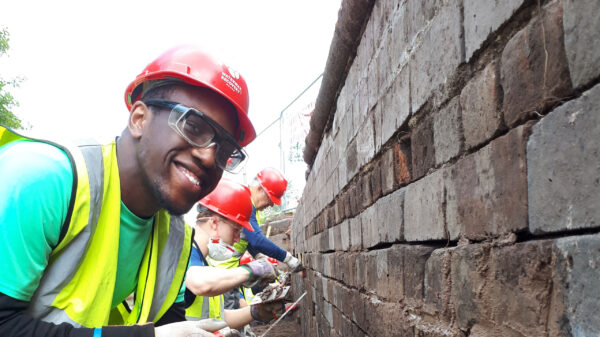The Fall and proposed rise of the Wilts and Berks Canal
The Canal’s principal traffics were coal from the Somerset coal mines, via the Somersetshire Coal Canal, and agricultural goods. There were plans to extend the waterway further, to Aylesbury, and thus a connection with the Grand Junction (now Grand Union) Canal by canalising the River Thame, and also to Stratford-upon-Avon, but neither of these plans came to fruition. The canal was not a great commercial success, and traffic dwindled towards the end of the 19th century, with closure in 1914, and the route being sold off to a variety of landowners.
Interest in reviving the Canal emerged in the late 1970s, leading to the formation of the Wilts and Berks Canal Amenity Group, which has now become Wilts and Berks Canal Trust. Initial proposals to conserve what remained of the waterway evolved into ambitious plans to restore the whole canal. These proposals are considered some of the most challenging in waterway restoration because of the canal’s length, that ownership lies amongst so many different landowners, and that so much of the route is built over, especially through Swindon. The proposals have, however, gained the active support of most local authorities along the line of the waterway, encouraged by the obvious success of the Kennet & Avon Canal restoration.
Since establishment of the Trust, volunteers have restored structures and lengths of canal where landowners are sympathetic. New sections have been built on the southern edge of Swindon, where a proposed new route for the canal is guarded in local authority plans, and finance has been forthcoming as a result of housing developments. Plans to restore the far western end of the Canal, to Melksham with a new canal line constructed as part of a major housing development have yet to gain planning approval. A new line at Abingdon, at the eastern end of the canal, was built by IWA’s Waterway Recovery Group using a £60,000 grant to celebrate IWA’s 60th anniversary in 2006, as the original entrance to the canal from the Thames has been built over.
[The photo shows a restored section of the Canal – by John Millican]




